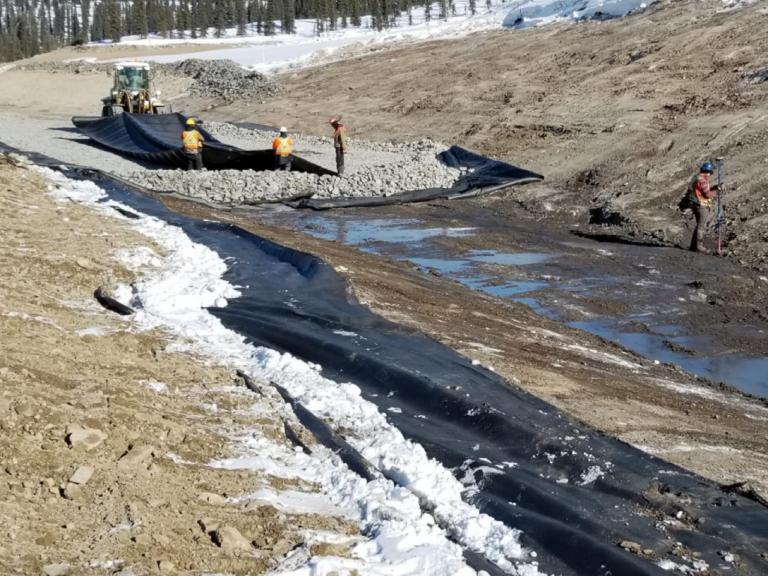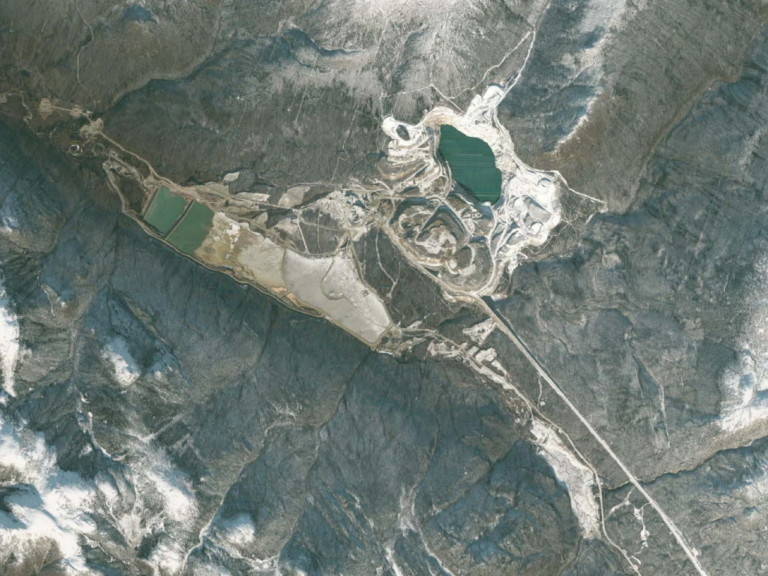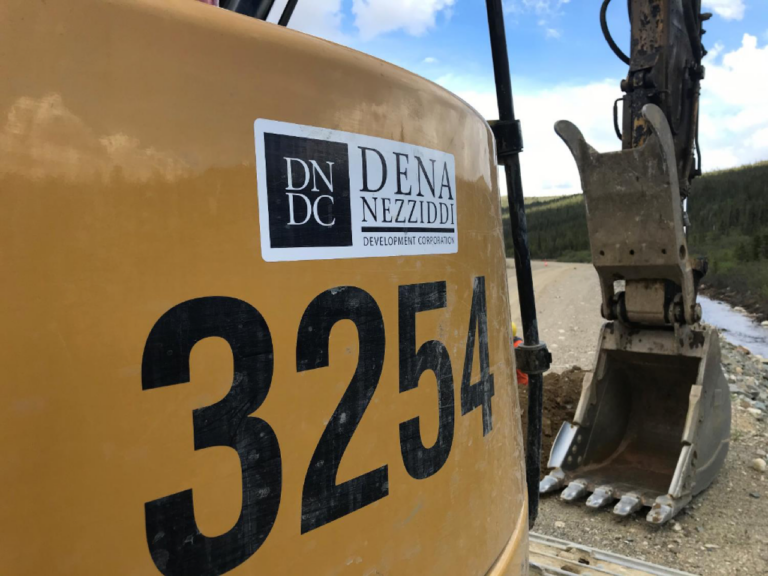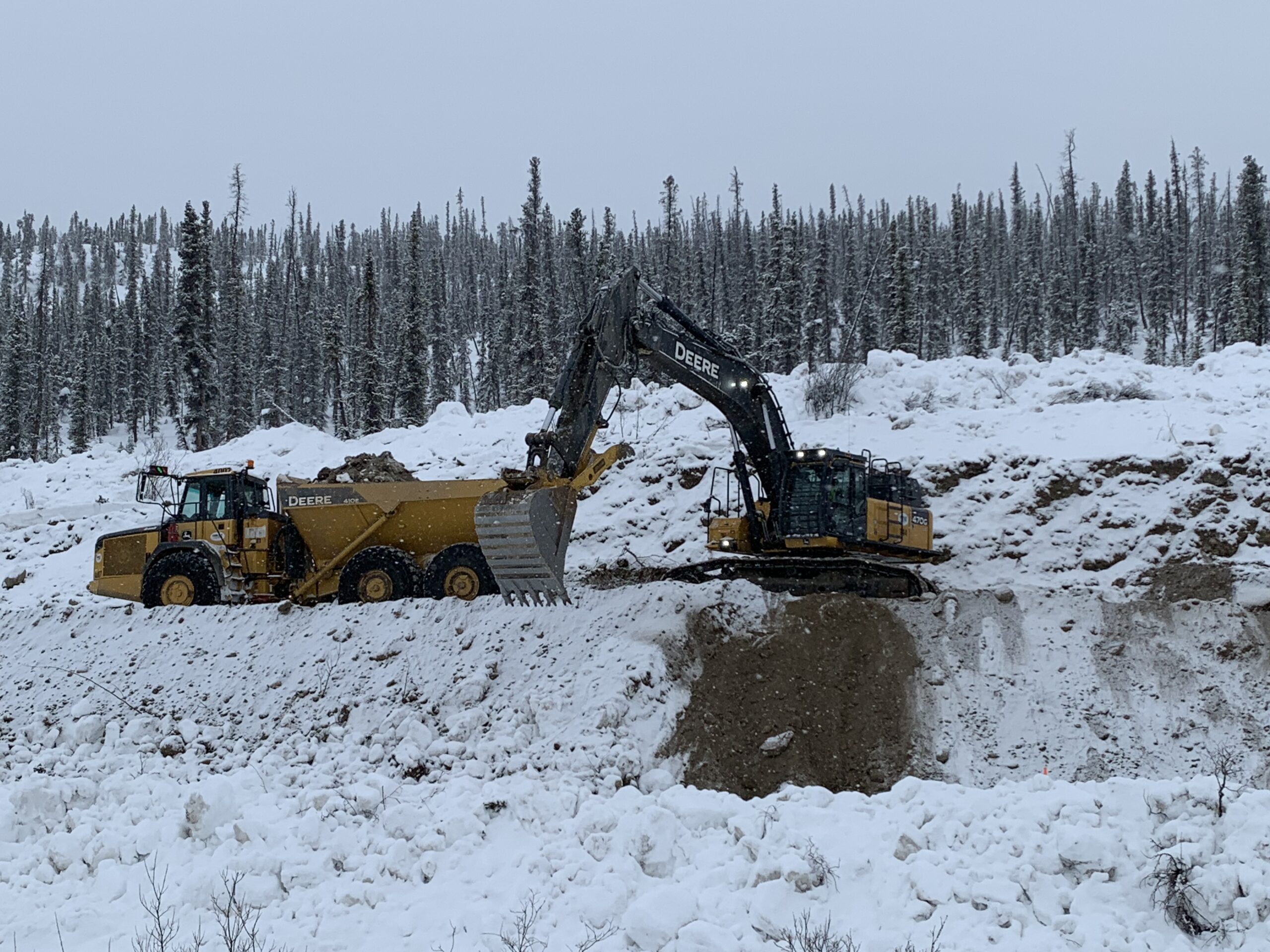The Project
The Faro Mine Remediation Project is a plan to clean up the abandoned mine
There will be two phases in the remediation plan: a construction phase, when the Faro Mine Site is being remediated and a long-term operations and monitoring phase when the water treatment plant is being operated and the site is being monitored.
An approach called stabilize in place will be used for the remediation of the Faro Mine Site. This means keeping the tailings and wastes in the same location and ensuring that they are stable to protect people and the environment.
There will be two phases, in the remediation plan:
Phase 1.
The first phase is called active remediation. This is when most of the work needed to clean-up the site, like construction activities, will be done. Active remediation will take about 15 years.
Phase 2.
The second phase is called long-term operations and maintenance. This phase will begin once construction and clean-up are finished and will include monitoring and upkeep activities as well as water treatment that will continue into the very far future.
The site will remain under care and maintenance through the implementation of remediation activities.
Objectives for Remediation
There are five overall objectives for the remediation of the Faro Mine Site:
- 1
Protecting human health and safety
- 2
Protecting and, to the extent practicable, restoring the environment including land, air, water, fish, and wildlife
- 3
Returning the mine site to an acceptable state of use that reflects pre-mining land use where practicable
- 4
Maximizing local and Yukon socio-economic benefits
- 5
Managing long-term site risk in a cost-effective manner

Collecting and Treating Contaminated Water
Water Management at Faro
Collecting and Treating Contaminated Water on site is a monumental task and makes up a significant part of the FMRP. There are three main types of water on site that must be dealt with on a regular basis.
Contact water
Is water that has come into contact with tailings, waste rock, or other areas of that site that can cause contamination and make it unsafe.
Non-contact water
is water that has not had any contact with these areas and that is safe.
Water that contains a lot of sediment
Sediment is the loose sand, clay or other soil particles that can be taken up in water when it flows through the site.
The plan for contact water will involve building new systems that will collect, store, and treat contaminated water on site before it is released to the environment.

Meet the Faro mine site.
It is located in south-central Yukon, near the town of Faro, on the traditional territory of the Kaska Nations, and upstream from Selkirk First Nation.






